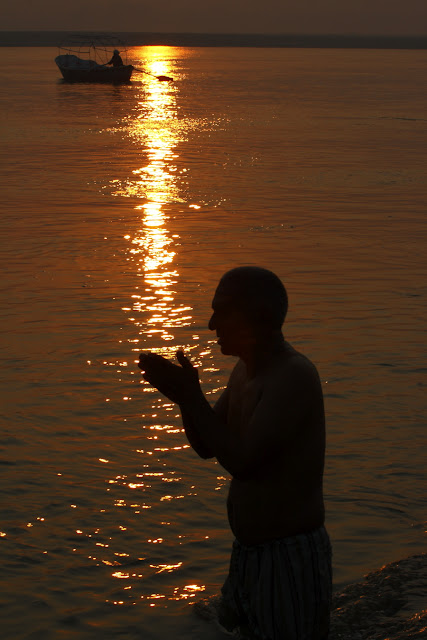What is the right exposure in Photography? Right exposure is whatever makes your subject look its best in the type of photograph you create. That means exposure is definitely subjective. What may be correct exposure for one photographer may not essentially be the right exposure for another photographer in the artistic terms. Scientifically, correct exposure may mean differently. But then when you shoot, you express the scene through the camera as a medium. It's It's your vision of the scene and it does not always have to be truthful. If you are documenting something the exact tonalities of the original scene may play an important role.
However, most people know when an exposure is right or wrong. Overexposed photographs are overly light, and detail is lost in the highlights.
Underexposed photos are overly dark, and detail is lost in the shadows.
The key thing about exposure is that important detail, dark or light, is captured properly so that the scene is light or dark in accordance to the subject, the way it exists.
Unfortunately, the world typically offers up a range of tones greater than what is possible to capture with a sensor. First, you might not be able to hold detail throughout the image with your exposure. Most digital photos look their worst with any overexposure or very dark underexposure. Good exposure results from the appropriate combination of shutter speed, aperture, and ISO speed.
Exposure can be determined solely by the camera, interpreted by you (as the photographer) and the camera together, or solely by you. All cameras have an inbuilt Photometer inside the camera to measure how much light is entering the lens to expose the sensor. In most of the situations the modern metering systems will give you the correct settings and even set these settings on certain modes for you. Based on your own experience, you can alter this suggested exposure to make the photograph dark or light, the way you want it to appear.
Yes, It's not always important to have a very realistic view of the scene you are photographing. It may appear better if it's darker or lighter than as it exists.
The Photograph of this devotee in Allahabad, Sangam has been shot against the morning rising sun in the River, Ganges. The camera's metering will suggest the exposure that is correct for the brighter areas and thats what has been set on the camera. The camera does not know that the person and the boat exists in the scene. If I was shooting a model or a known person, I may have employed a different methodology to create the same photograph. I may have added artificial light of a flash or something in such a manner so that it continues to remain natural but get the detail in the person so that it is clear from the photograph that a specific person is performing prayers, while right now its a general photograph showing one of the several devotees performing a prayer.
Above photographs have been shot by Munish Khanna, a Delhi based Photographer who loves to travel and explore the world through his camera. He has participated in several Photography exhibitions around the world. He has been conducting Photography courses and workshops in Delhi along with his online photography course.


